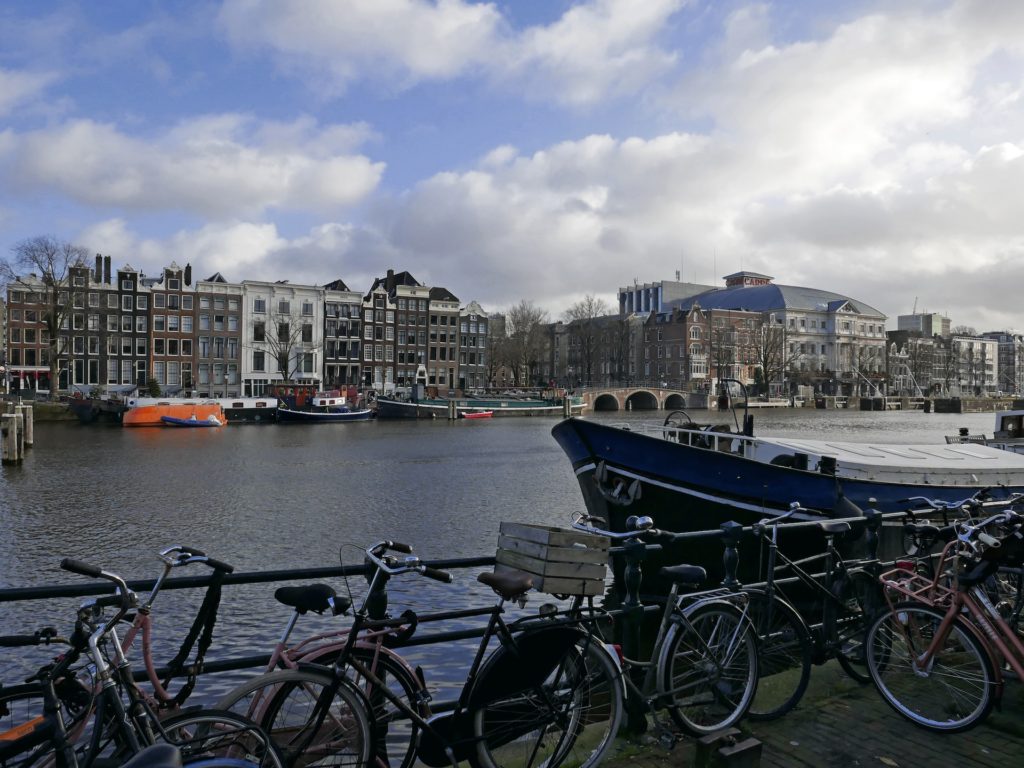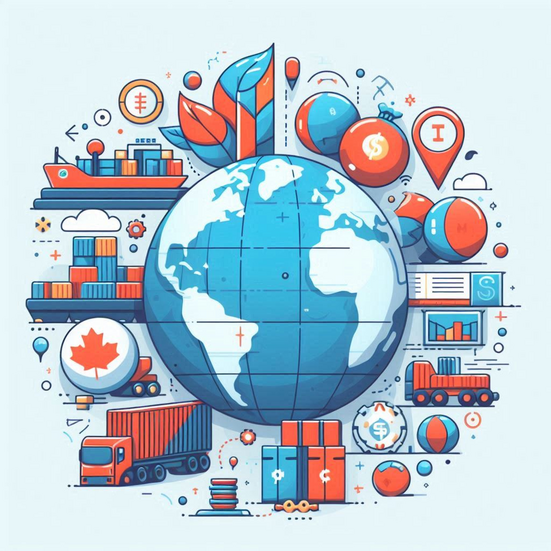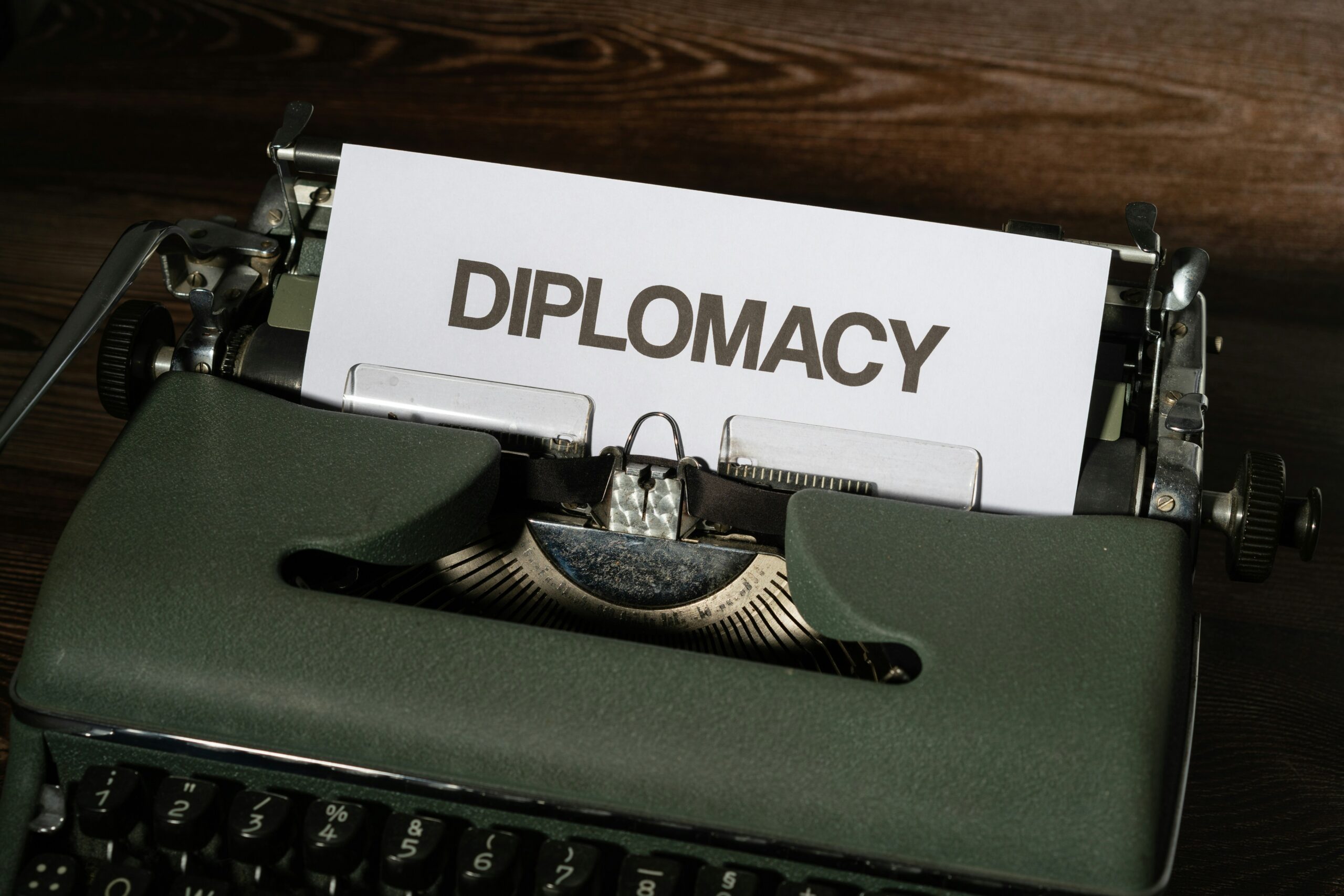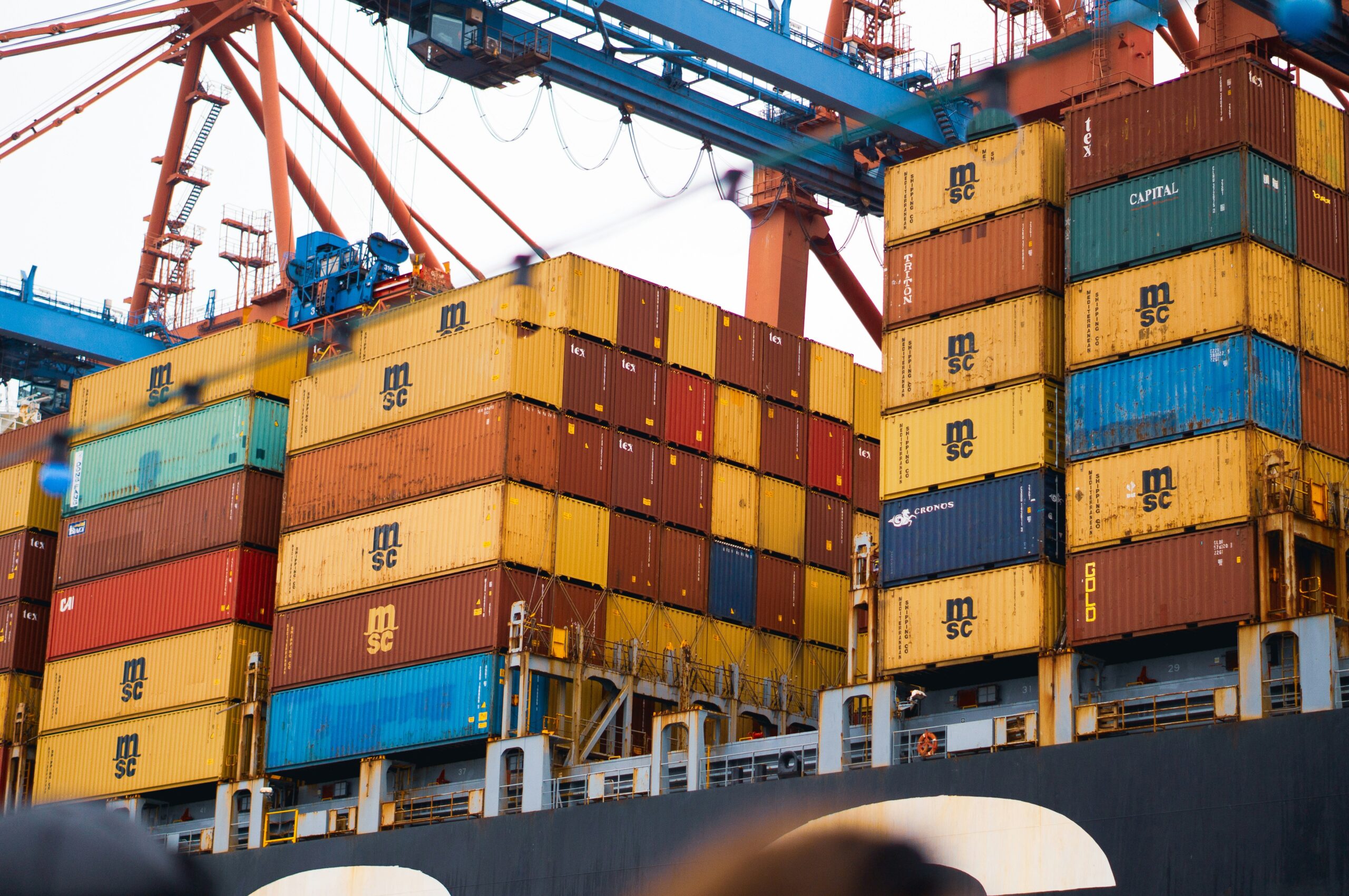The national emphasis on export promotion is explicitly stated in the Economic Macro Policy of Eritrea as the only option for sustainable growth and viable economic development in Eritrea. This is because the Economic Macro Policy of Eritrea recognizes that exports are Eritrea’s primary source of foreign currency. Based on these objectives, the import policy gives the highest priority to products like capital goods, raw materials, intermediate goods, and essential consumer goods that significantly contribute to the expansion of the nation’s economy.
The Department of Foreign Trade within the Ministry of Trade and Industry is the major government agency that is responsible for supervising the importing and exporting of goods as well as the issuance of permits for international trade.

Import business requirements
When necessary, a letter of support from the relevant regulatory agency is required to be sent (e.g., the Ministry of Health for the import of medicines and medical supplies, the Ministry of Agriculture for the import of agricultural products, the Eritrean Standards Institution for the import of industrial products, etc.). When it comes to particularly imported goods like those sold by the Eritrean Standards Institution, the competent ministry or organization is the one tasked with ensuring that the product satisfies all of the applicable quality and standard standards that are imposed on imports.
Specific requirements
- Import and Export License
- • A permit issued by the Department of Trade and Foreign Affairs
- Approval from the relevant sector
- Pro-forma invoice from the supplier
- Deposit from the bank of the exporter
Assessment of import business
- Well-defined import strategy
- Management commitment to importing
- Dealing with foreign suppliers
- Travel abroad
- Conducting market research
- Participation in special import fairs
Tips that can help importers to succeed
- Importing skills and resources
- Building a good relationship with reputable suppliers
- Conducting market research
- Participation in international trade fairs
Events related to import business
Trade exhibits are organized by the Department of Foreign Trade of the Ministry of Trade and Industry in collaboration with other parties pertinent to the industry. Egypt, Sudan, and Iran are some of the countries that have staged trade fairs in Eritrea in the past.
Eritrea’s top 10 imports
The value of Eritrea’s total imports in 2021 was $216,600,000,000. When compared to the total amount of $406.6 million that was collected in 2017, this forecasted figure implies a drop of -46.7 percent.
The overall cost of Eritrea’s imports fell by -40.1% annually, reaching $361.7 million in 2020.
The top five categories of goods that Eritrea imported and spent the most money on were as follows: These items consisted of brand-new rubber tires, trucks, wheat and meslin, sorghum grain, and flour made from wheat or meslin. This big collection of five imports accounts for more than one-fifth (27.3%) of total expenditures on Eritrean imports in the year 2021.
The overall value of Eritrea’s imports in 2021 is estimated to be $216.6 million, which corresponds to an annual product demand of around $60 per person living in the relatively small African nation of Eritrea, which has a population of 3.6 million. This cash amount will depart from the national average of $80 per person by one full year in the year 2020.
The following Harmonized Tariff System (HTS) codes, each with two digits, represent the product categories that make up the majority of Eritrea’s import expenditures in the year 2021. In addition to this, each type of imported goods entering Eritrea is represented as a proportion of the total imports made into the country.
Eritrea’s import expenditures
- Machinery including computers: US$35.9 million (16.6% of total imports)
- Cereals: $27.9 million (12.9%)
- Vehicles: $15.7 million (7.3%)
- $14.8 million for milling products, malt, and starches (6.8 percent )
- Fats, oils, and waxes from animals and plants: $12.7 million (5.9 percent )
- Electrical machinery, and equipment: $12.1 million (5.6%)
- Rubber, rubber articles: $11.5 million (5.3%)
- • Iron or steel articles: $10.2 million (4.7 percent )
- Pharmaceuticals: $8.6 million (4%)
- Inorganic chemicals: $7.4 million (3.4%)



